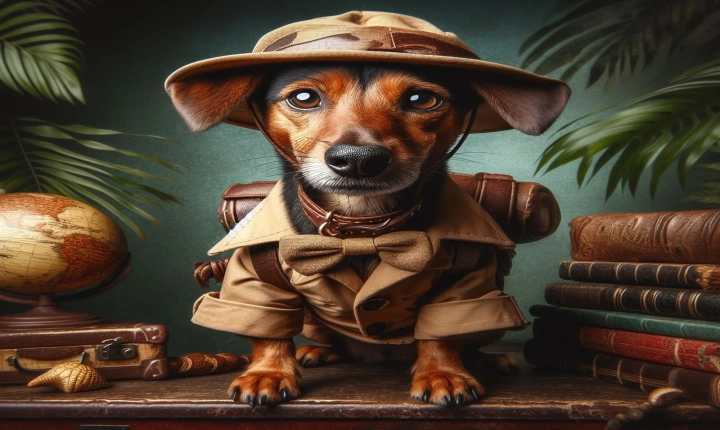Title: Should AI Art Be Banned? The Ethical Dilemma
The emergence of artificial intelligence (AI) in the realm of art has sparked a heated debate among artists, critics, and ethicists. While AI art has proven to be innovative and thought-provoking, there are growing concerns about the potential ethical implications and the impact on human creativity. This raises the question: should AI art be banned?
On one hand, proponents argue that AI art represents a new frontier in creativity and expression. AI algorithms can analyze massive amounts of data and generate unique, visually striking images, music, and literature that challenge traditional notions of artistic creation. This has the potential to push the boundaries of art and inspire new forms of expression. Additionally, AI art has the potential to make the creative process more accessible to individuals who may not have traditional artistic skills, democratizing the art world.
However, the rise of AI art also raises ethical concerns. Critics argue that the use of AI in art may result in the devaluation of human creativity. There is fear that AI-generated art may overshadow the work of human artists and dilute the value of genuine creative endeavors. Furthermore, the potential for AI to replicate and manipulate existing artistic styles raises questions about originality and authenticity in art.
Another key concern is the potential for AI art to perpetuate biases and societal stereotypes. AI algorithms are trained on large datasets, and without careful oversight, they can perpetuate existing biases present within those datasets. This can result in the production of art that reflects and reinforces problematic social norms, potentially exacerbating issues related to diversity and representation in art.
In addition, there are fears that the widespread adoption of AI art could have negative economic implications for professional human artists. If AI-generated art becomes more popular and commercially successful, it may overshadow the work of traditional artists and impact their livelihoods.
The ethical considerations surrounding AI art are complex and multifaceted, and they prompt a serious examination of the role of AI in the creative domain. However, the question remains: does the potential harm outweigh the benefits of AI art, or should it be allowed to flourish under careful regulation?
At this point, an outright ban on AI art may not be the best approach. Instead, a more nuanced strategy is needed to address the ethical challenges associated with AI art. This could involve implementing guidelines and regulations to ensure that AI art is transparent, inclusive, and respectful of human creativity. Additionally, efforts should be made to educate the public about the ethical implications of AI art and the importance of supporting human artists.
Furthermore, the art community should actively engage in conversations about how to responsibly integrate AI into the creative process, while also protecting the integrity of human artistic expression. Initiatives that promote collaboration between AI and human artists, rather than competition, could help strike a balance between technological innovation and ethical considerations.
In conclusion, the debate surrounding AI art highlights the complex ethical dilemmas that arise from the intersection of technology and creativity. There are valid concerns about the potential negative impacts of AI art on human artists and the integrity of art as a form of expression. However, with careful regulation and thoughtful engagement, AI art has the potential to coexist with human creativity and contribute to the evolution of artistic expression. Ultimately, a ban on AI art may not be necessary, but rather a proactive and ethical approach to guide its development and integration into the creative landscape.
